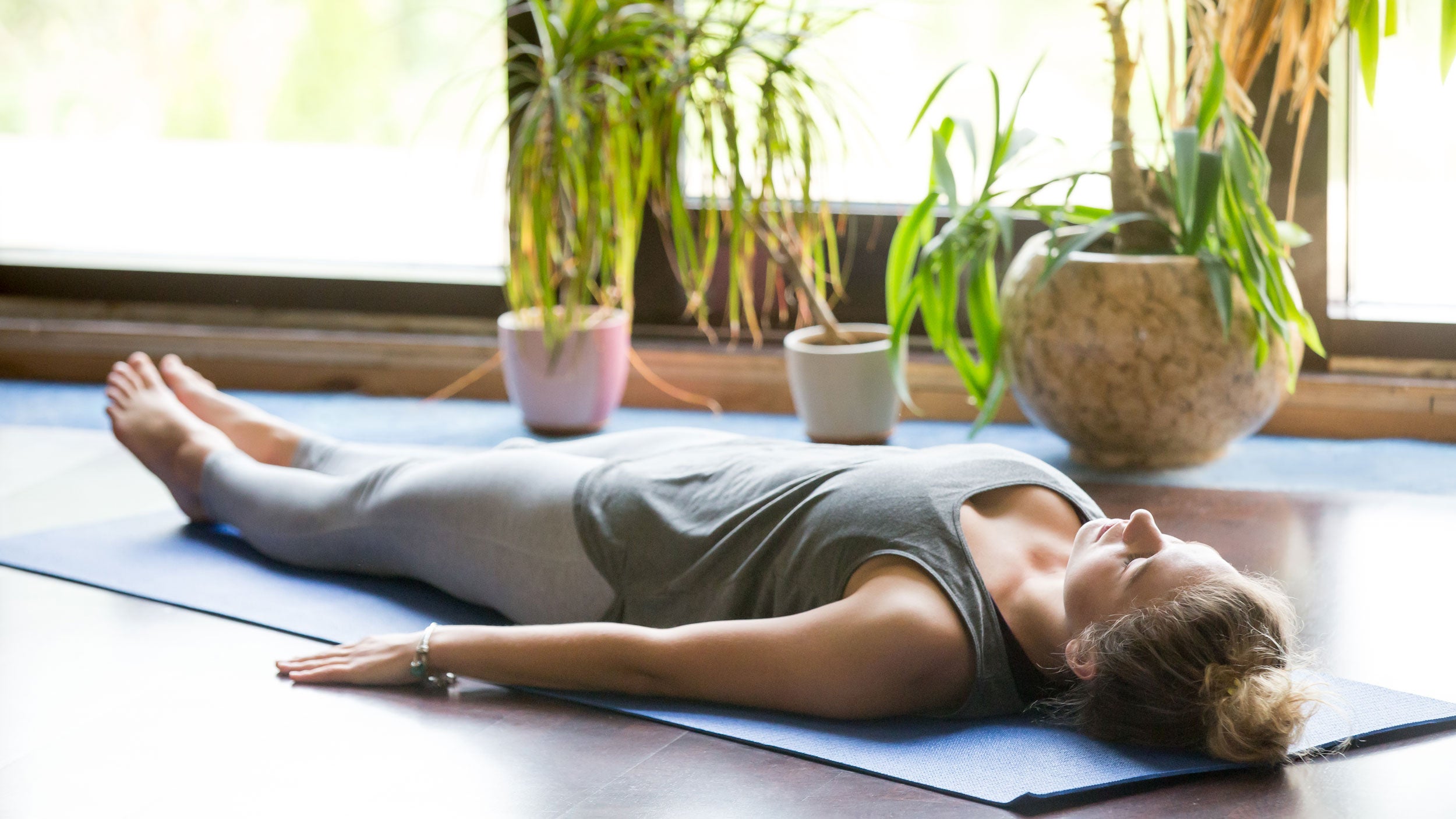Is Your Relaxation Accessible?

(Photo: istock- fizkes )
Talk to any long term yoga teacher and they will tell you that they have looked at their class in the middle of savasana and seen a student move, scratch, adjust their body, cry, or even get up to leave. Many teachers’ response is to continue to extol the virtues of relaxation and encourage students to just keep trying to unwind. And I get it.
I was one of those yoga teachers. I am a yoga therapist who believes wholeheartedly in the benefits of relaxation and of the importance of down-regulating your nervous system. But I no longer see a student’s inability to relax as a mystery, a deficit, or even something to push through.
For many students, relaxation is a distant memory—if they can remember it at all. Chronic pain or stress, grief, or a history of trauma or abuse leaves many people with feelings of danger or a lack of safety in their body, their environment, or the broader world. These individuals need relaxing practices that down-regulate their nervous systems the most, yet as teachers we expect them to relax in the same way as everyone else: by lying in a physically vulnerable position.
How Trauma Affects the Nervous System
When people experience a lack of safety for an extended period of time, their nervous system is put into a state of hyper-vigilence, where it is constantly primed and ready for danger. It may interpret threats everywhere, even when there is safety. This nervous system response was designed to help us survive times when our physical bodies were at risk from animal attacks or starvation and we needed to react and move. These days, the threats are less urgent, but the reaction remains. Chronic psychological stress, and a lack of movement cause our nervous system to up-regulate. And unless we take conscious control of an unconscious system we will stay up-regulated.
Recognising that hyper-vigilance is a normal, adaptive response to long term stress can help remove some of the stigma around an inability to relax. Rather than trying to ignore or push through the body’s response to stress we can acknowledge it, and adapt our teaching practices to help students feel safe and meet them where they are.
Relaxation is important, but we need to ensure we are not teaching a stale, repetitive, and inaccessible version of relaxation. We need practices that are alive and adaptive. We need practices that meet our students where they are. We need to empower our students in their bodies and minds. Relaxation can and should be pressure free. When people struggle to relax and the pressure is taken off they can approach relaxation as an accessible practice rather than an inaccessible fixed destination.
Make Relaxation Accessible
So where do we begin?
1. Safety first
Nervous systems must down-regulate in safety. This can be challenging for two reasons: safety feels different depending on the individual and chronic up-regulation can make(the nervous system much less likely to down-regulate when the danger is gone.) Educating students about their nervous systems can help empower them to reclaim feelings of safety. You can start by telling students that you will be protecting their relaxation space by staying alert and watching the space so they let go of that responsibility.
2. Meet students where they are
This means no judgement or imposition of what you feel is best. Let them know that being fidgety or unable to relax is normal and okay. Talk about the challenges of relaxation and let them know that they are not alone.
3. Give options and permission
Let students choose their own body position like lying on their side or sitting, give them the option to move, and tell them it is okay to leave at any point. If students feel permission to do what is best for them there can be a greater feeling of safety.